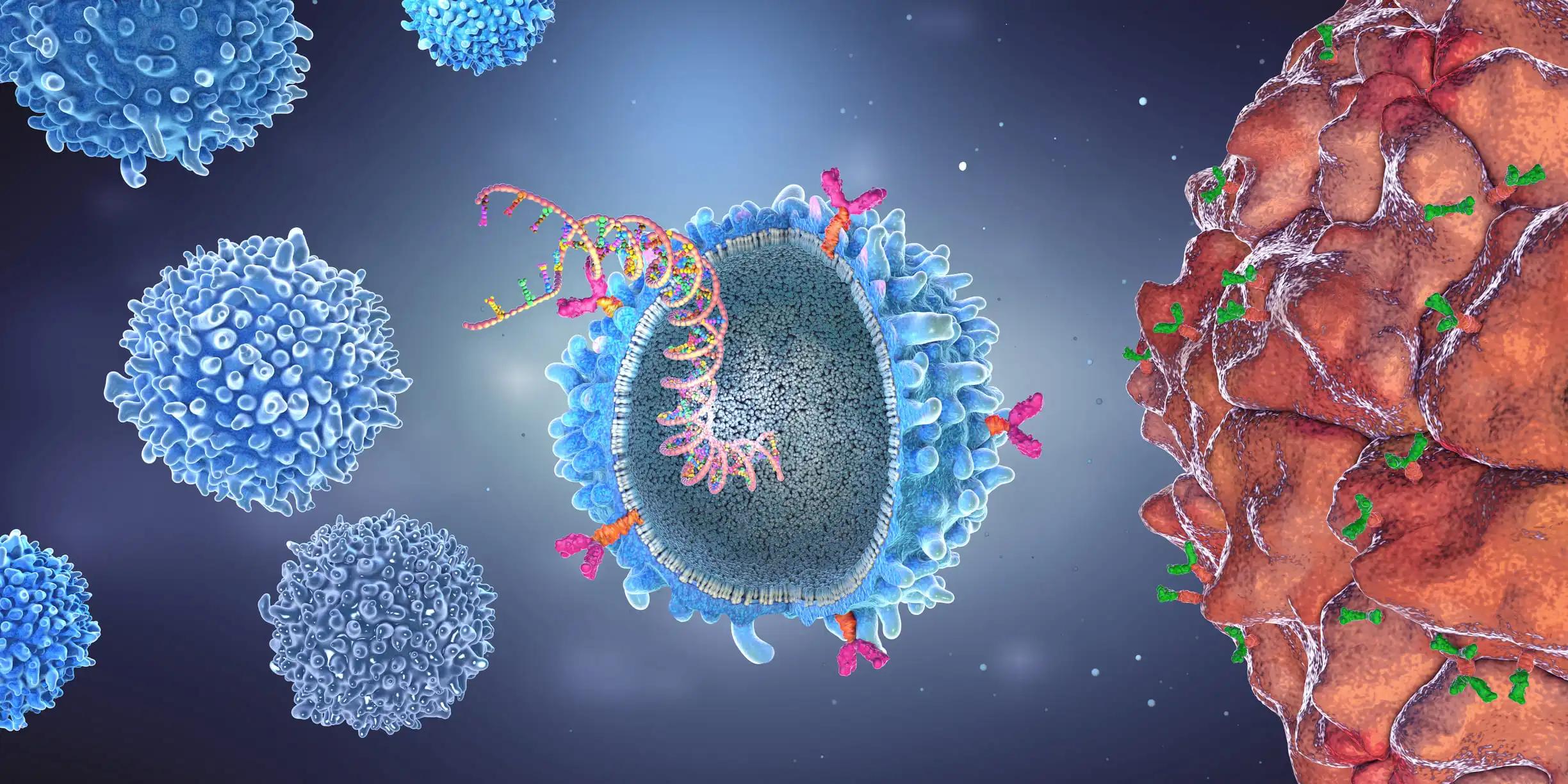KEY TAKEAWAYS
- The phase II trial compared the efficacy of m-FOLFOXIRI in combination with either cetuximab or bevacizumab as initial treatment for RAS and BRAF wild-type mCRC.
- The primary endpoint was DpR in PPS. Secondary endpoints were PFS, OS, ORR, early tumor shrinkage rate, secondary resection rate, and toxicity.
- The combination of m-FOLFOXIRI and cetuximab may serve as an effective initial chemotherapy strategy for mCRC patients with RAS/BRAF wild-type and left-sided primary tumors.
The phase II randomized DEEPER trial compared the effectiveness of modified (m)- FOLFOXIRI (with dosages of irinotecan at 150 mg/m2, oxaliplatin at 85 mg/m2, and 5-FU at 2400 mg/m2) combined with either cetuximab or bevacizumab. This was intended as an initial treatment approach for metastatic colorectal cancer (mCRC) patients (pts) with RAS wild-type tumors. A more substantial depth of response (DpR) was observed in pts treated with m-FOLFOXIRI plus cetuximab, as documented by Tsuji A, et al. in ASCO 2021 abst3501. Additionally, an exploratory analysis incorporating BRAF status was part of the pre-planned survival analysis three years after the last patient was enrolled in the trial.
The primary objective of the study was to measure the depth of response (DpR) per protocol set (PPS), which included pts who were assessable for DpR. This evaluation was carried out by an external review board. Secondary objectives encompassed various other measures such as progression-free survival (PFS), overall survival (OS), overall response rate (ORR), rate of early tumor shrinkage, secondary resection rate, and toxicity.
A pre-scheduled survival analysis was conducted to compare the efficacy of the two treatment options based on the location of the primary tumor, a factor considered in the study’s stratification. This comparison was done using a log-rank test. Furthermore, data on BRAF status were gathered for a subgroup analysis focusing on pts with RAS/BRAF wild-type tumors. All statistical tests were two-sided, while P values ≤ 0.05 were deemed significant.
Of 359 enrolled pts, 321 were categorized as part of the Per Protocol Set (PPS). The demographics of the PPS were as follows: median age of 65 years, 64% male, and Performance Status of 0 or 1 in 91% and 9% of the pts, respectively. Primary tumors were left-sided in 84% and right-sided in 16% of the cases. The dose intensity of cytotoxic agents was similar between the two treatment arms, and the dose intensity of cetuximab was 77% across 8 cycles.
When comparing the cetuximab and bevacizumab arms, median DpR was 57.3% versus 46.0% (P=0.0029); median PFS was 13.0 months versus 12.3 months (HR 0.89, P=0.32); and median OS was 42.9 months versus 42.1 months (HR 0.94, P=0.68). Information on BRAF status was available for 167 of the 321 PPS pts, with 14 having a BRAF V600E mutation. In the subgroup with RAS/BRAF wild-type tumors (153 pts), the cetuximab arm showed superior outcomes: median DpR, PFS, and OS were 60.4% vs. 47.9% (P=0.007), 13.8 months vs. 12.3 months (HR 0.80), and 53.4 months vs. 42.1 months (HR 0.67), respectively.
In a further subset of 131 pts with RAS/BRAF wild-type and left-sided tumors, the cetuximab arm yielded significantly better results in terms of DpR (63.6% vs. 47.8%, P=0.0003) and ORR (83.6% vs. 72.9%). Additionally, both PFS (15.3m vs. 11.7m, HR 0.68) and OS (53.6m vs. 40.2m, HR 0.54) were significantly better in the cetuximab arm. The R0 resection rate was higher in the cetuximab arm (32.8% vs. 20.0%). While pts with R0 resections had longer OS in both arms, no significant difference in OS was observed between the two arms among pts with RAS/BRAF wild-type and left-sided tumors who achieved R0 resection.
The regimen of m-FOLFOXIRI combined with cetuximab could be a viable choice for upfront chemotherapy in mCRC pts with RAS/BRAF wild-type and left-sided primary tumors. Subsequent survival analysis will incorporate updated BRAF data from a biomarker study using tissue samples.
Source: https://www.annalsofoncology.org/article/S0923-7534(23)00639-7/fulltext
Clinical Trial: https://classic.clinicaltrials.gov/ct2/show/NCT02515734
Sunakawa, Y., Shiozawa, M., Watanabe, T., Ota, H., Yasui, H., Kochi, M., Manaka, D., Ohori, H., Yamaguchi, T., Kyogoku, T., Sagawa, T., Kubota, Y., Masuishi, T., Kotaka, M., Sekikawa, T., Shimada, K., Nakamura, M., Takeuchi, M., Ichikawa, W., Fujii, M., Tsuji, A. O-25 Modified (m)-FOLFOXIRI plus cetuximab versus m-FOLFOXIRI plus bevacizumab as initial treatment for RAS and BRAF wild-type metastatic colorectal cancer: Updated survival analysis of the DEEPER trial by JACCRO. https://doi.org/10.1016/j.annonc.2023.04.497



